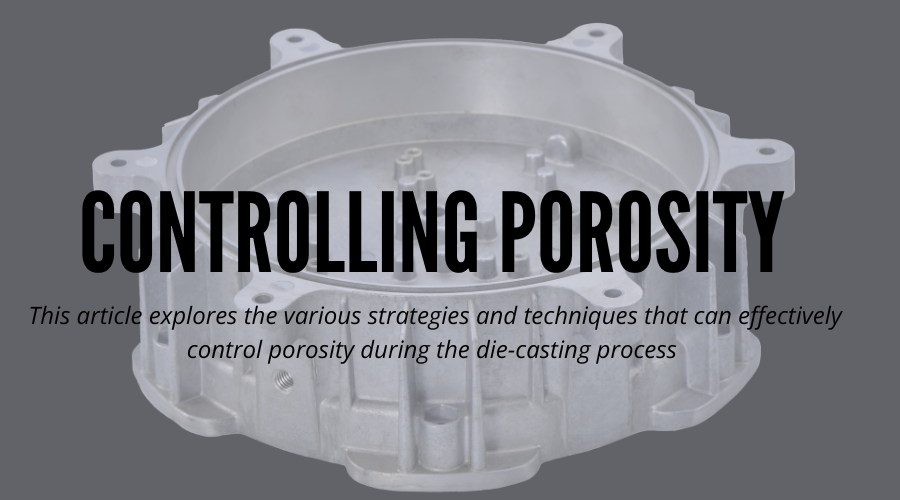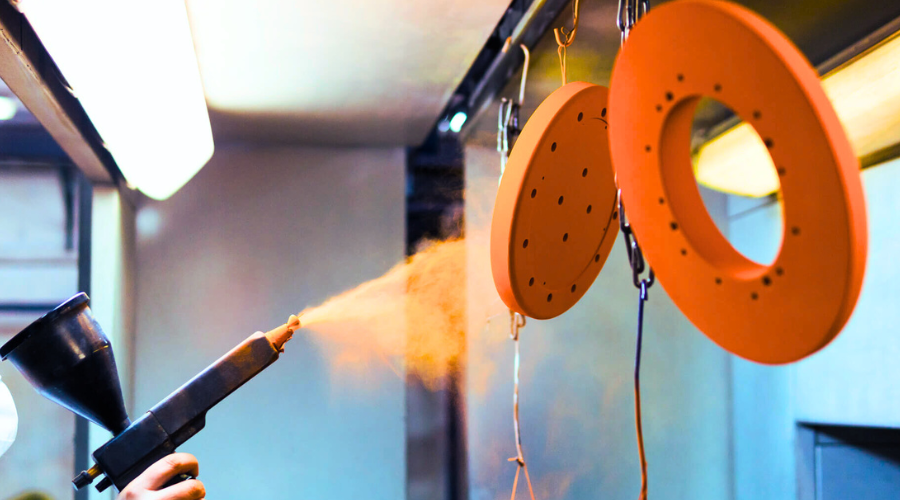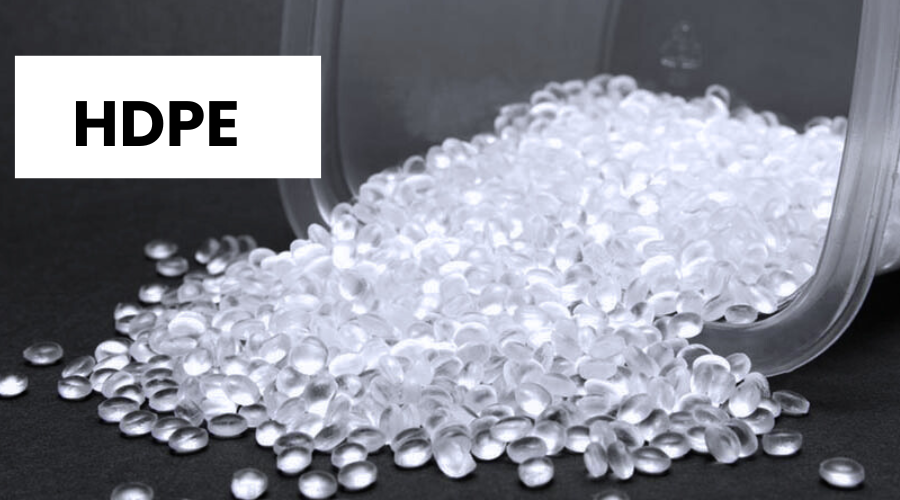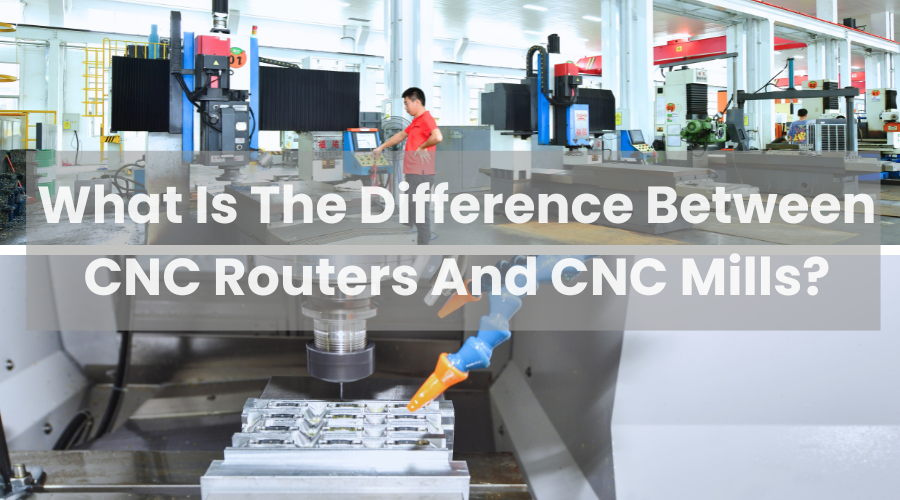Die casting is a widely used manufacturing process that involves injecting molten metal into a mold cavity to create complex and precise metal parts. While die casting offers many advantages, one persistent challenge is the occurrence of porosity, which can compromise the structural integrity and aesthetics of the final product. This article explores the various strategies and techniques that can effectively control porosity during the die-casting process.
Understanding Porosity in Die Casting
Porosity refers to the presence of voids or air pockets within a solid material, in this case, a die-cast metal part. It occurs due to a variety of factors, including the entrainment of air or gas during the molten metal injection, shrinkage of the metal as it solidifies, and the formation of gas as a result of chemical reactions between the molten metal and the mold materials. Porosity can lead to weakened mechanical properties, reduced corrosion resistance, and decreased overall quality of the final product.

Strategies for Controlling Porosity
- Optimized Mold Design and Venting:Proper mold design plays a critical role in minimizing porosity, and the placement of vents. Well-designed molds with strategically placed vents facilitate the escape of trapped air and gases, reducing the likelihood of porosity formation.
- Appropriate Metal and Alloy Selection:The choice of metal or alloy can significantly influence porosity. Some materials are more susceptible to porosity due to their chemical composition and solidification characteristics. Working closely with metallurgists to select the right alloy and adjust its composition can help mitigate porosity issues.
- Controlled Filling and Injection:The speed and pressure at s=which molten metal is injected into the mold can impact porosity. High injection speeds and pressures can lead to turbulence, entrapping air. By carefully controlling the injection process, it’s possible to minimize the introduction of air and gases.
- Temperature Control: Maintaining precise control over the temperature of both the molten metal and the mold is crucial. Proper temperature control minimizes the chances of premature solidification and allows gases to escape more effectively.
- Degassing Techniques:To remove dissolved gases from the molten metal before injection, degassing techniques like vacuum degassing and inert gas purging can be employed. These methods help reduce the amount of gas available to create porosity during solidification.
- Reducing Solidification Time:The longer the solidification time, the more opportunity for gas to become trapped within the metal. Strategies such as increasing mold temperature or using cooling channels can accelerate the solidification process, reducing the chances of porosity.
- Avoiding Sharp Corners and Thin Selections: Design features like sharp corners and thin sections can lead to rapid cooling and solidification, increasing the likelihood of porosity. Rounding edges and avoiding extreme changes in section thickness can help maintain a more uniform solidification process.
- Post-Casting Processes: Heat treatment and impregnation processes can be employed to address porosity in die-cast parts that have already been produced. Heat treatment can help close off smaller voids by redistributing the metal, while impregnation involves sealing porous areas with a sealant.
Wrapping up
Porosity remains a significant challenge in the die-casting process, but with a comprehensive understanding of the factors that contribute to its formation and the application of appropriate strategies, manufacturers can achieve high-quality, porosity-free die-cast parts. By optimizing mold design, controlling filling and injection, selecting appropriate materials, and utilizing degassing techniques, among other strategies, the industry can continue to push the boundaries of precision and quality in die casting.
HordRT also provides pressure die casting services for our customers. With years of expertise in this field, our pressure die casting services ensure consistent excellence whether you need a small quantity or several hundred castings. Pressure die casting is great for the automotive industry as well as electric, aerospace, and hardware applications. If there are any questions, please feel free to contact us.
-q4gvl4k29y4hq8j9rjpapvj0ft06fje63olt7p210i.png)


